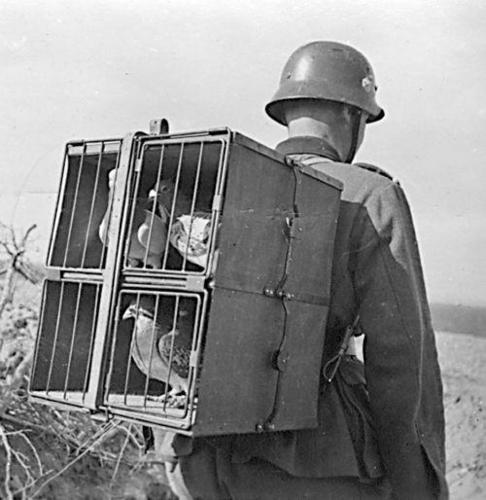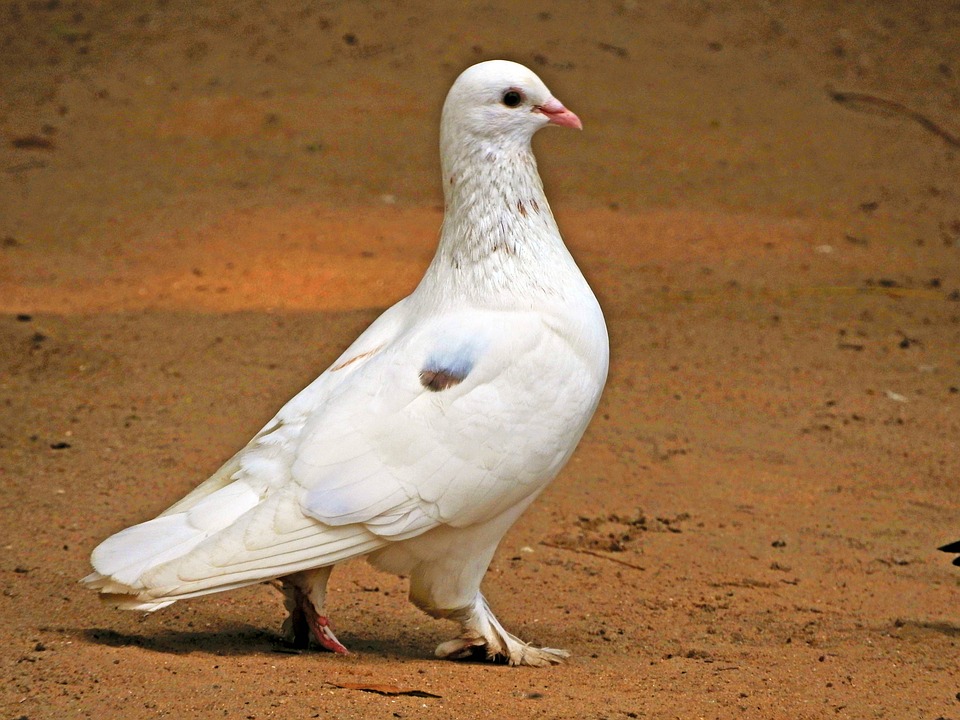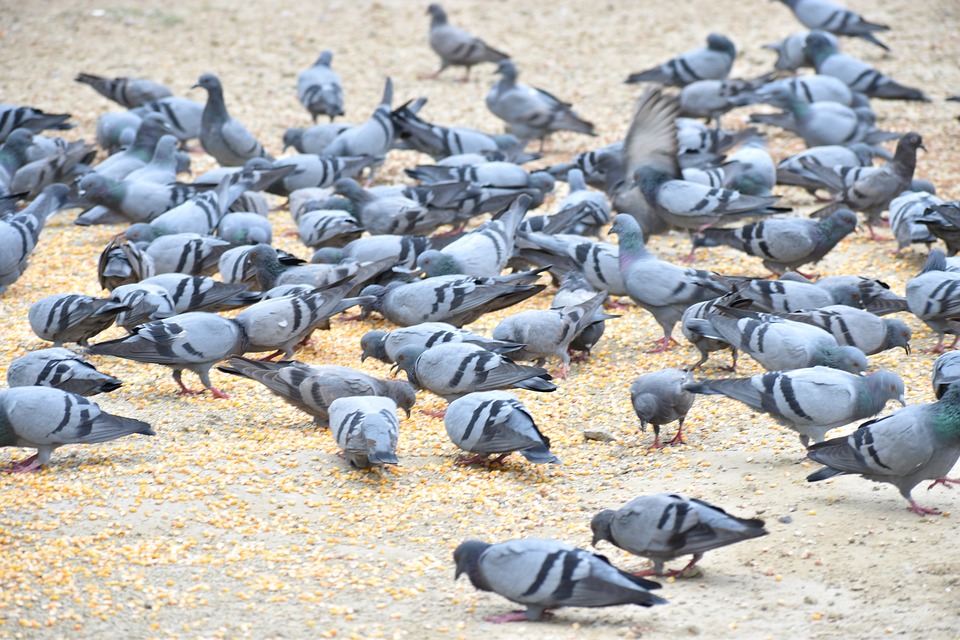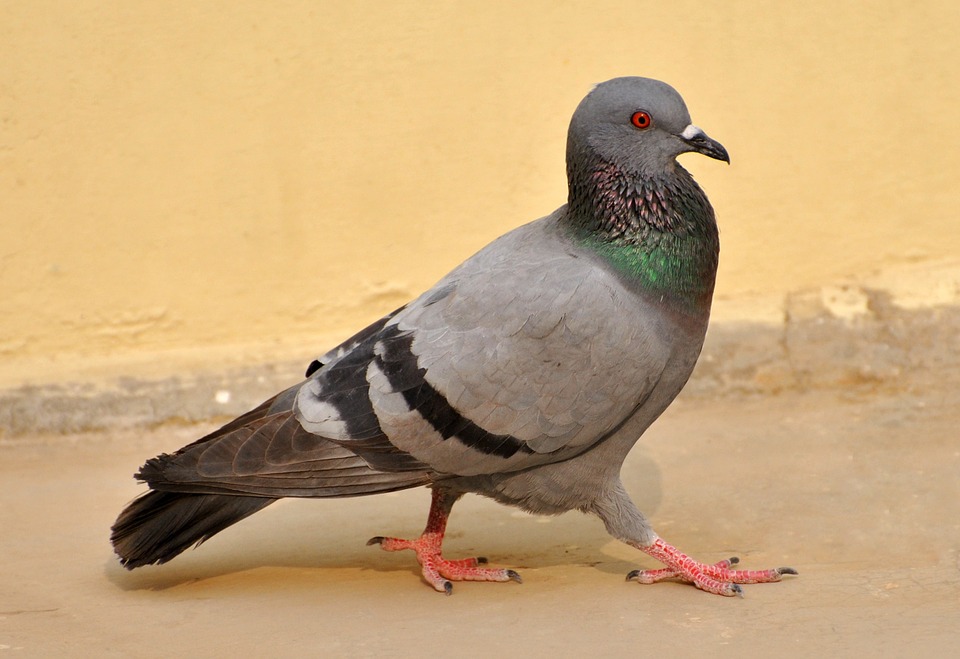Things that astonish me: live birth, ant communication, the Aurora Borealis and messenger pigeons. In each case, there is this element of amazement—the realization that you are in the presence of a genuine miracle.
This Chautauqua is about messenger pigeons.
It staggers my imagination that human conflicts could be won or lost based on the actions of pigeons. Modern warfighting technology has outstripped pigeons of course but they turned the tide of many a bygone battle. It goes way back. Julius Caesar reportedly used them during the conquest of Gaul and William of Orange’s use of messenger pigeons stopped the Spanish siege of 1574 in Holland. Later, pigeons upended the Siege of Paris during the Franco-Prussian War in the early 1870’s. And so it goes.
The wartime use of these birds is well documented in modern times too. Pigeons proved invaluable by delivering military messages with a 95 percent success rate in recent wars. An old New York Times article chronicles how one of 600 pigeons used by the U.S. Army Signal Corps in World War I saved the lives of the 77th Infantry Division’s “lost battalion” at Verdun by delivering 12 messages and returning to his loft with a shattered leg after he was shot. That bird, one Cher Ami by name, won the Croix de Guerre with Palm and died in 1919 as a result of his wounds . . . a true war hero!!

We also know messenger pigeons were being used commercially in the state of Texas as late as the 1930’s. In 1938, The San Antonio Express-News invested in their very own flock of pigeons and used them as couriers. They routinely carried sports images from photojournalists to their publishers until better technology came along. There is some evidence that Texas oilmen used pigeons to deliver drilling reports in the early days. In the middle of nowhere in Texas oil country, telephones were few and far between, but pigeons could get drilling reports to their destination in a matter of hours.
There’s special magic in the thought that common pigeons could willingly support the crass ambitions of man. But, for me, there’s also an element of disappointment when explanatory science ruins all the romance—much of the magic goes away. Too much knowledge, it seems, kills joy. Nevertheless, it’s time to seek the facts about messenger pigeons and what makes them tick.

First off, they are not officially messenger pigeons. Nor are they passenger pigeons. Passenger pigeons were hunted to extinction—the last one died at the Cincinnati Zoo in 1914. We will never again see a passenger pigeon fly over the skies of Texas. So what are they then? They are carrier pigeons, sometimes referred to as homing pigeons. It’s a variation of domestic pigeon (Columbia livia domestica), evolved from the rock pigeon and selectively bred for its ability to find its way home over extremely long distances. The antecedent rock pigeon possesses a natural ability to return to its nest. But the English carrier pigeon (an exclusive breed of fancy pigeons) and homing pigeons are not the same. Neither is the Eurasian collared dove, a successful exotic species commonly found in this part of Texas—it couldn’t carry a message in a bucket. See what I mean? Facts can be confusing . . . and are not much fun!

So, not all pigeons carry messages. That’s good to know because it’s hard to imagine those obnoxious panhandling New York City pigeons as anything other than peanut-grubbing scavengers—certainly not war heroes. There is no shortage of pigeons. It seems there’s about 250 species of pigeons in the world. The smaller ones are usually called doves while the larger forms are, with one exception (the domestic white pigeon), called pigeons. That makes sense too. “White pigeons of peace” doesn’t exactly roll off the tongue. Another cannonball: people who think pigeons suck . . . are actually correct! While most birds take a swallow when drinking, tip back their heads and let it roll down their gullet, pigeons suck up liquid in one continuous draft, aided by muscular contractions of the esophagus, and drink more or less like the rest of us.
Another pigeon oddity entails pigeon parents feeding their young milk from their body. This is somewhat misleading, but it works. “Pigeon milk” is actually not milk at all but rather the sloughed-off lining of an adult pigeon organ known as the crop, which the chick gets by poking its bill down the parent’s throat. The crop (a pouch-like affair) is actually a reservoir where excess food is stored because a pigeon’s daily food intake usually exceeds its digestion rate. People familiar with chickens know this organ as a craw—same disgusting thing!
If you couldn’t figure it out already, pigeons make good parents. They usually stay with each other until death they do part. And when a partner does die, the surviving spouse is very slow to take up a new mate. They also share parental duties: both sexes incubate the eggs—the male by day, the female by night. This goes on for 14-19 days before the eggs hatch and the chicks are tended for another 12 to 18 days afterwards. Not exactly helicopter parents, but very responsible for birds.
I never could figure out the mechanics of homing pigeons getting messages to and fro. Mystery solved! Turns out, homing pigeons only fly one way. They always fly home. So in the old days to send a message, you first send the pigeon (say, by train) to another person. When that person feels the need to send you a message, they attach it to the pigeon and let it fly. Simple, right? Well . . . not really.
THE BIG REVEAL (drum roll please): how do homing pigeons find their way home?
Homing pigeons are believed to possess a group of neurons that help process changes in the direction, intensity, and polarity of magnetic fields around them. In other words, they’re flying compasses, using their bodies to determine directional heading and altitude. Although scientists believe this is what’s happening, they haven’t a clue about how it happens. They speculate it has something to do with the bird’s inner ear—but they’re not sure. It’s one of those mysteries like the common cold; for now, we just have to live with it.

Did you know pigeons still carry messages in 2018? Yep, right here in Texas, we have a bonafide pigeon mail delivery service complete with flat rate and priority mail options. The PigeonGram Lofts of Halletsville, Texas will, for suitable remuneration, allow you to write a message to a friend, which is then attached to one of their homing pigeons that will circumnavigate its way from some desolate rural location back to PigeonGram Lofts. From there, the U.S. Mail service takes over and delivers it to said friend.
“Yes, but” . . . you say, “The pigeon didn’t really deliver the message to the addressee.” Remember, homing pigeons only fly one way—home.
In a 2015 Texas Parks and Wildlife Magazine article, the keeper of PigeonGram Lofts, one Michael Bencal, was quoted as saying, “It’s not instantaneous like the Internet or a phone call. It’s an actual correspondence from somebody who took the time to send it to you, and a lot of people value that.”
It seems like showering with a raincoat to me, but if this is something you think you might value, check out the details at http://www.pigeongram.com/.
A homing pigeon keeper is known as a fancier, a pigeon aficionado who raises the bird for sport or to uphold the tradition of sending messages. There are strict breeding standards for fanciers. They can register their birds in a variety of national pigeon organizations as well as smaller clubs throughout the county. A.K.C. for pigeons.

OLYMPUS DIGITAL CAMERA
Becoming lost has been the plot for some of the commonest of nightmares. It’s no wonder, given the litany of stories, anecdotes and nursery rhymes that draw attention to the fear of being lost. In 1812 The Brothers Grimm published the story of Hansel and Gretel, a brother and sister who quickly learned the difficulties of finding their way home when the chips were down. In the children’s book The Wonderful Wizard of Oz, Dorothy spends the entire plot finding her way home. Navigating one’s way home is admired even today. We continue to be amazed by the errant cat or dog on the evening news who, fighting against the elements and long distances, struggles to find their way back to a loving family. These homeward migrations are amazing . . . until you consider that homing pigeons can do it every single day of their life. How many things in life do you know that work that well? It’s a miracle—one of many that makes nature so awesome!


